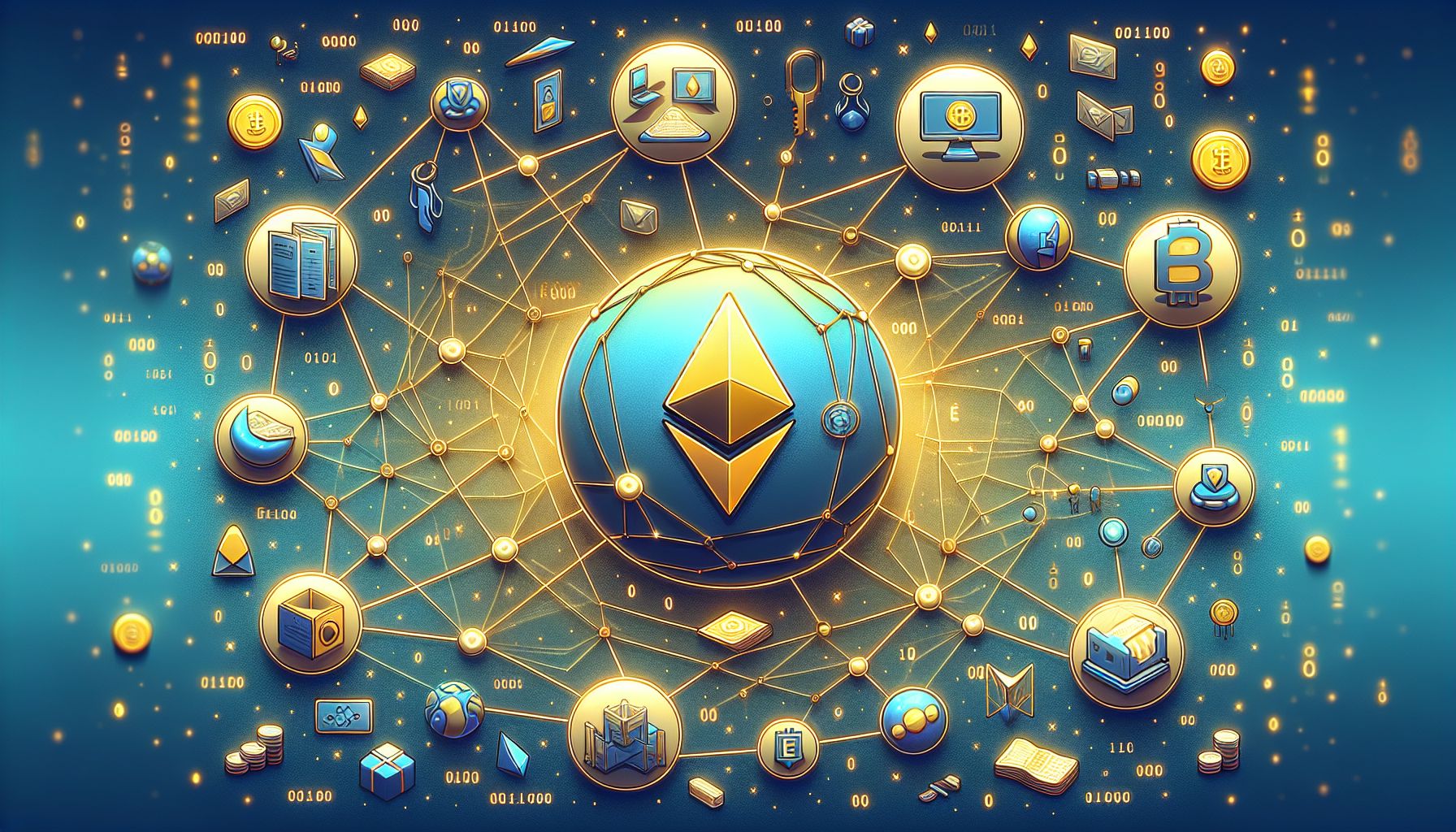
Among the fast-evolving world of cryptocurrencies and blockchain technology, Ethereum has carved itself a niche with its revolutionary Decentralized Finance (DeFi) ecosystem. DeFi has redefined the landscape of traditional finance by offering financial sovereignty, transparency, and global accessibility all optimized on a trustless platform powered by smart contracts.
Unpacking Ethereum’s DeFi Ecosystem
Ethereum’s DeFi ecosystem constitutes a wide range of financial applications developed on its blockchain. What makes Ethereum unique is its programmable smart contract feature, which paves the way for developers to build sophisticated dApps (Decentralized Applications) for users to easily lend, borrow, or invest their assets. Automation of complex financial operations using smart contracts confirms transactions without the need for intermediaries, introducing transparency and cutting down exorbitant fees.
A multifunctional platform, Ethereum, supports several DeFi protocols boasting varied utilities. Among these are the DEXs (Decentralized Exchanges), lending and borrowing platforms, stablecoins, yield farming, and liquidity mining.
DEXs like Uniswap and SushiSwap allow users to trade cryptocurrencies directly from their wallets, promoting user autonomy. Lending platforms, like Compound and Aave, enable users to earn interest on their digital assets or borrow against them.
The Advantages of Ethereum’s DeFi Ecosystem
The role of Ethereum’s DeFi in democratizing the financial system is commendable. Firstly, it bridges the gap between the unbanked and financial services, with users requiring just an internet connection and a crypto wallet to make transactions.
Secondly, the ecosystem fosters financial inclusion by providing open-source platforms where anyone can create and launch their own DeFi projects. This open innovation sparks competition, leading to more effective and low-cost financial solutions.
Lastly, the interoperability feature in Ethereum’s DeFi ecosystem allows different protocols to interact and work in synergy. Such interoperability combined with composability results in unique investment strategies, thus generating higher returns for users.
The Future of Ethereum’s DeFi Ecosystem
Despite challenges – such as high gas fees and scalability concerns – Ethereum’s DeFi ecosystem shows immense potential for future growth. Ethereum 2.0, the much-anticipated upgrade, promises to overcome existing hurdles, introduce additional features, and extend the ecosystem’s capabilities.
Moreover, the arrival of Layer 2 solutions like Optimism and zkSync aims at scaling Ethereum by processing transactions off-chain while maintaining the same level of security. Such advancements are set to fuel increased growth and adoption of Ethereum’s DeFi ecosystem in times ahead.
Conclusion
Ethereum’s DeFi ecosystem has triggered massive disruption, challenging traditional financial mechanisms and their restricting norms. It has led the revolution towards a more inclusive and efficient financial system driven by blockchain technology.
While the fast-paced evolution of this ecosystem is promising, it also warrants users to engage with due diligence considering the volatility and potential risks associated with such emerging markets. To fully enjoy the opportunities presented by Ethereum’s DeFi ecosystem, understanding its working and staying updated with its developments is pivotal. Undoubtedly, those who do so would stand at the helm of a new financial era.

